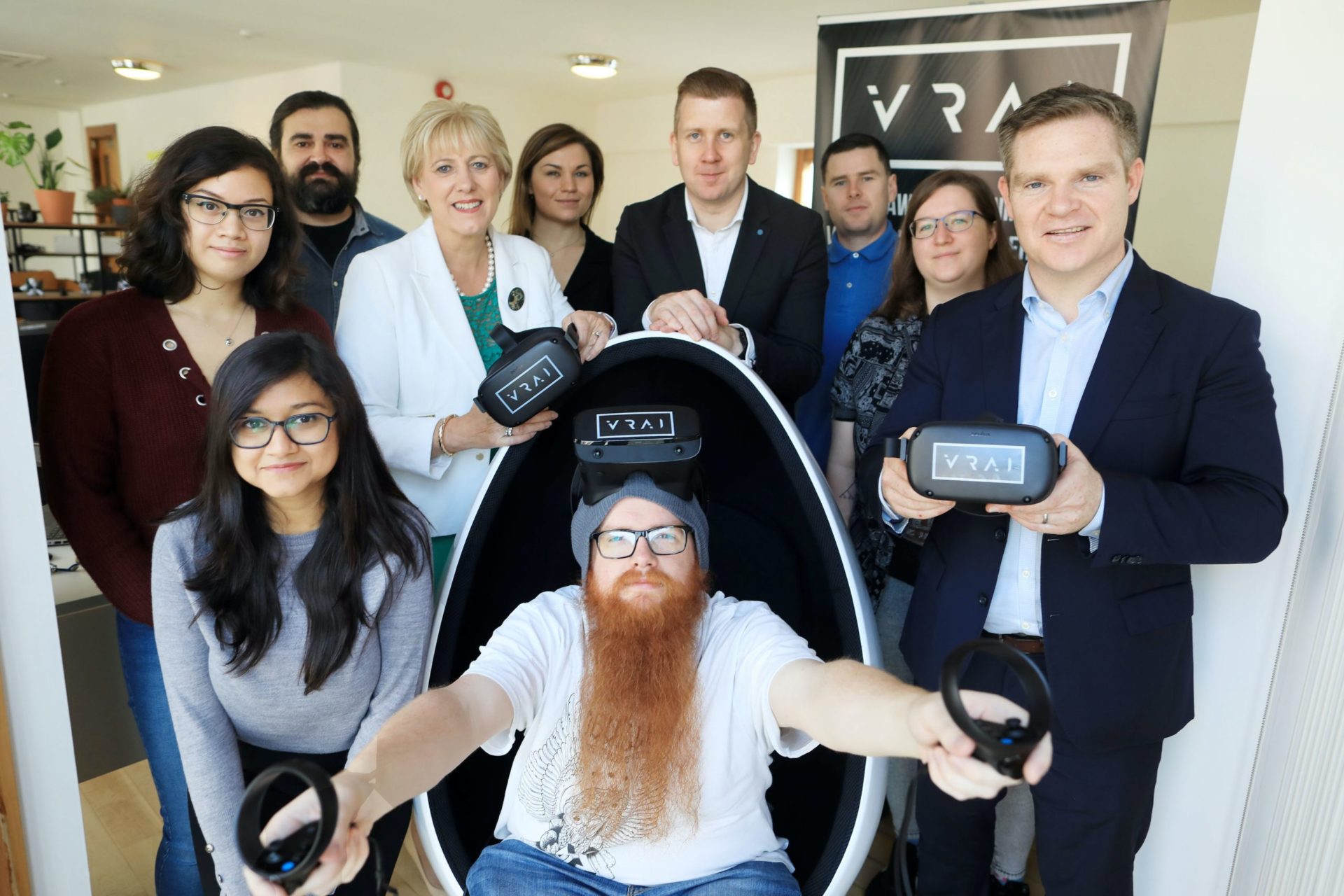Profit and sustainability are not mutually exclusive, and innovative new technology can be applied to the benefit of both, writes Pat O’Connor, co-founder and director of VRAI
The tech business world is currently being driven by three “megatrends”. The first comes as a result of the COVID pandemic, which has led to the accelerated adoption of virtual methods of working. The second is the increasing awareness among large enterprises that they must take responsibility and action to help mitigate the worst impacts of the climate crisis. Third is the increased belief among the younger generation of workers that they need to do work that has meaning and purpose.
Addressing these “megatrends” is a recipe for a more profitable, more sustainable, and fairer company. By creating shared value for customers, investors, employees, and the community with a ‘Triple Bottom Line’ approach, a company focuses on people and the planet as well as profit. For many, this approach is enshrined in their constitutions through the worldwide B Corporation movement. B certification is independently assessed and provides company directors with an obligation to show social and environmental leadership in everything they do. Enterprise Ireland, Europe’s most active VC seed investor and the 2nd most active VC seed investor globally, are investing in B Corporation companies, recognising a commitment to the B Corps ethos. This shows that investors, employees and especially customers now value companies that do not simply seek profit, but also have a positive impact on people and the planet. Achieving this status however cannot happen without embracing the right sustainable technology first.
VR safe
Last year, Fortune 500 companies spent $100 billion on training and safety and yet the majority of those companies had suffered a death or serious injury in the previous 18 months. So why is that? The majority of companies are using traditional methods such as lectures to deliver training, even though we know this is ineffective and inefficient.
For people who work in risky or remote operational environments, such as frontline medical personnel, offshore wind technicians, or military personnel, there is a need for remote simulation tools to train, prepare for and mitigate risk. The pandemic is making it increasingly difficult to conduct in-person training, which is making companies look at new remote ways to train their people.
A common challenge for some is establishing VR training in a way that is authentic, memorable, and measurable. This is best achieved by combining authentic virtual training environments with cutting edge data capture and analytics capability. This technology offers a cheaper way to train at scale, requiring fewer instructors and expensive training equipment, since it can be done virtually instead. It also removes any need for travel, as the training can be carried out remotely. VR technology can do what traditional remote training tools cannot, whether this is preparing someone to climb a high-voltage electricity pylon in a storm, or fix a blade on a 100m high wind turbine 100km offshore in the North Sea.
Virtual value
A recent report by PwC found that virtual learning platforms are ushering in a new age of training by delivering a cost-effective, immersive, and efficient experience to train employees. It indicated that VR training led to faster training, higher knowledge retention and economies of scale. Likewise, following our recent project with IAG Cargo to build an employee onboarding experience in Heathrow Airport, 94% of users learned something new, employee understanding of operations increased from an average of 5/10 to 8/10, and the average induction session length reduced from 90 to 15 minutes.
If VR training is adopted by large employers, the number of flights associated with training globally would be reduced by 25 million a year, and annual carbon footprint would be reduced by 2.5 Mega tonnes. That would equate to the CO2 footprint of about 150,000 UK households annually.
In order to flourish as a sustainably-focused tech company, pursuing the Triple Bottom Line simply makes sense. Embracing sustainable technology including VR simulation not only helps mitigate impact on the environment but offers employees more than just a paycheck, with the opportunity to make a positive impact on the world around them.
VRAI are a data driven VR simulation company with offices in Ireland the UK that provides a range of virtual training solutions to major brands and institutions. To learn more, visit www.vraisimulation.com.
Image caption: VRAI team, Pat O’Connor, far right
The post How VR technology can provide a new sustainable path for business appeared first on .


